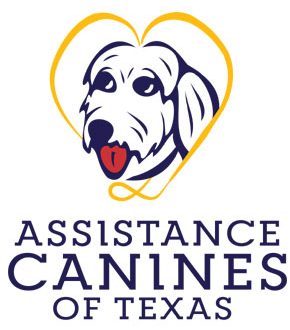A lifeline can refer to any form of support, assistance, or connection that provides individuals with a sense of security, guidance, or safety during challenging times or situations. In the context of our work the concept of a lifeline takes on a particularly meaningful significance. For individuals with disabilities who rely on service dogs as an essential component for navigating their daily lives, these dogs act as lifelines by offering practical assistance, responsive support, and the heightened significance of independence.
The lifeline metaphor encapsulates the profound impact that service dogs and our work has on the lives of individuals with disabilities. It’s a testament to the transformative power of assistance, support, and advocacy in empowering people to overcome challenges and lead fulfilling lives. The work we do not only improves the lives of individuals with disabilities but also fosters a broader dialogue about the role of service dogs in society, we are committed to making a PAWSative difference.
Life is full of PAWSabilities!
What Stands Us Apart
Team Training
Team training is tailored to the individual’s needs, disability, and lifestyle. It ensures that their canine partner can provide meaningful assistance while maintaining a harmonious and productive relationship as a service dog team.
Here’s a breakdown of what team training typically involves:
- Bonding and Relationship Building: Developing a strong bond between the handler and partner is crucial. The handler learns how to build trust and positive interactions with their partner, which enhances teamwork and overall effectiveness.
- Socialization: Handlers learn how to properly interact, as a team, in all types of settings, ensuring that their partner is comfortable and well-behaved in a variety of environments and around different types of people and animals.
- Handling Skills: Basic handling skills, including commands, leash handling, and reinforcement techniques. This helps the handler establish a clear line of communication with their partner.
- Communication and Commands: Handlers learn the specific commands and signals that their partner responds to. Consistent and clear communication is essential for effective teamwork.
- Teamwork and Confidence Building: Training focuses on building the handler’s confidence in their ability to work with their partner as a team. This confidence is crucial for the handler to lead effectively.
